Thessaloniki gets ready for its metro launch in November
The underground rapid transit lines have been under construction for almost two decades due to various project delays
 TheMayor.EU logo
TheMayor.EU logo 
The underground rapid transit lines have been under construction for almost two decades due to various project delays

The cross pinnacle on the Tower of Jesus Christ will be ready to receive visitors in 2026 on the centennial of Gaudi’s death

Now you can get your wine in Talence by paying directly in Bitcoin

That’s because the state has to spend money on updating the railway infrastructure rather than subsidizing the cost of the popular pass

Steffen Romstöck said that he would respect the residents’ choice and would take over the helm of the municipality, even if he didn’t run
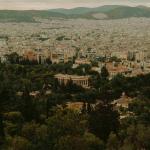
The measure, which will come into force from 1 January 2025, will be partial and temporary…for now

Rethinking renewable energy sources for the urban landscape

But operating them is still illegal under the country’s legislation

The examples, compiled by Beyond Fossil Fuels, can inform and inspire communities and entrepreneurs that still feel trepidation at the prospect of energy transition

Now you can get your wine in Talence by paying directly in Bitcoin

Rethinking renewable energy sources for the urban landscape

The examples, compiled by Beyond Fossil Fuels, can inform and inspire communities and entrepreneurs that still feel trepidation at the prospect of energy transition

The underground rapid transit lines have been under construction for almost two decades due to various project delays

Plus, it has a unique modular design that allows it to be shortened and lengthened like a train

At least, that’s the promise made by the mayor of Paris, Anne Hidalgo
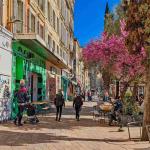
Despite its church-y name, the district has long been known as the hangout spot for the artsy crowds

At least, that’s the promise made by the mayor of Paris, Anne Hidalgo
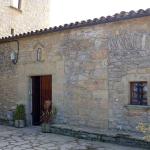
Hostal de Pinós is located in the geographical centre of the autonomous region

On the eve of the new academic year, the ranking considers several distinct but essential factors


Following a successful trial phase, these quiet areas will now be available on all main routes in the country

The academic institution shows a deeper understanding of the well-being of its students










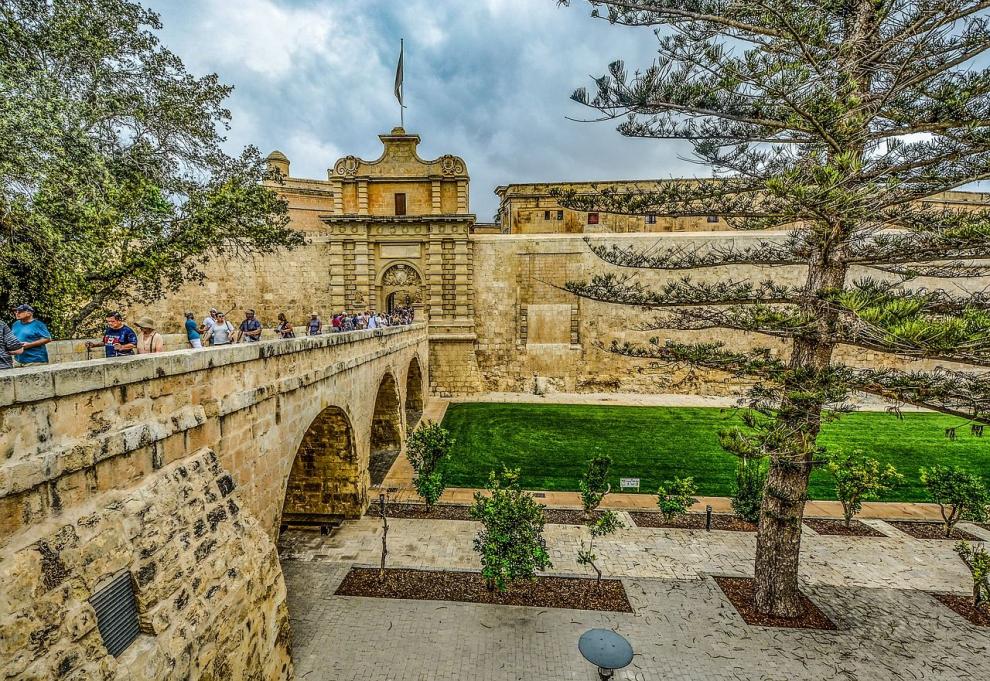
The history of Mdina traces back more than 4000 years. Mdina has had different names and titles depending on its rulers and its role but its medieval name describe it best - ‘Citta' Notabile': the noble city. Mdina is the old capital of Malta and one of Europe's finest examples of an ancient walled city and extraordinary in its mix of medieval and baroque architecture. The city displays an unusual mix of Norman and Baroque architecture, including several palaces, most of which serve as private homes. No cars (other than a limited number of residents, emergency vehicles, wedding cars and horses) are allowed in Mdina, partly why it has earned the nickname “the Silent City”.
The City is still confined within its walls, and has a population of about 320 and a total area of 0.9 square kilometer but it is contiguous with the village of Rabat, which has a population of over 11 000 and a total area of 430 square kilometers.
The town is a commercial centre and acts as a market to its large agricultural hinterland. There has been a huge investment in the city’s economy in the last few years, such as the paving project of the city’s streets, and the restoration on the bastion walls financed by government. From museums to tourist attractions, from hotels to restaurants, from gift shops to wine bars or coffee shops, they all play an important part in Mdina’s economy.
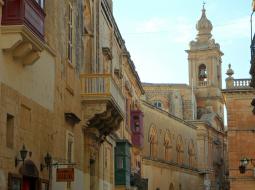
Mdina is one of Malta's major tourist attractions, hosting about 750,000 tourists a year. The Maltese city is on the tentative list of UNESCO World Heritage Sites due to its archaeological and historical landmarks: The Roman Villa (Domus Romana), catacombs, St. Paul's Grotto and fine churches and monasteries.
Corte Capitanale, Council Square,
Mdina MDN 1050, Malta